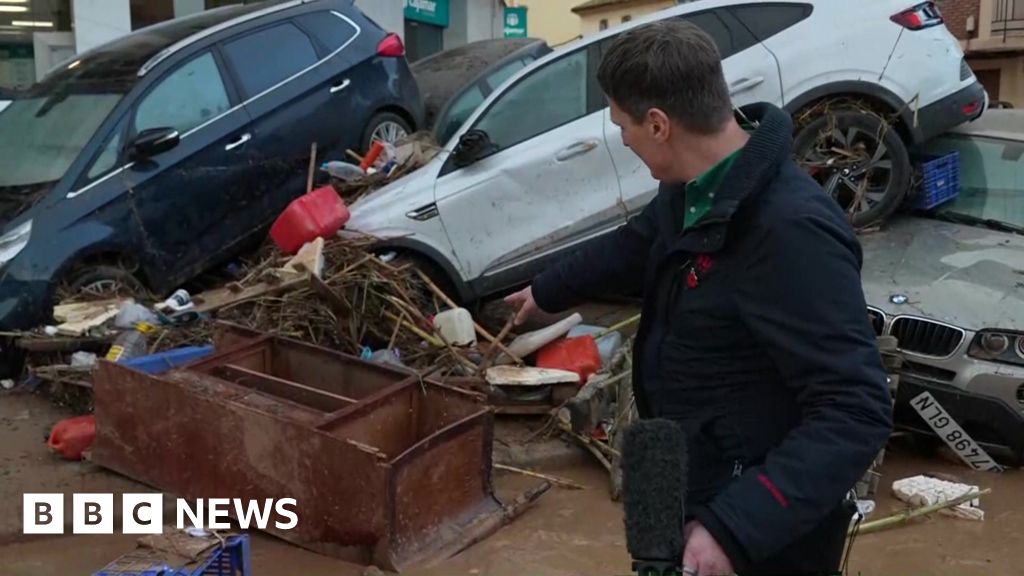ARTICLE AD BOX
Watch: The first peek into a mysterious time capsule at a US military academy
By Holly Honderich
BBC News
Staff and students at West Point, the famed US military academy, gathered on Monday for what was supposed to be a historic moment: the opening of a mysterious 1820s time capsule, discovered months ago at the base of a campus monument.
The event was live-streamed, starting with pre-recorded remarks from academy historian Jennifer Voigtschild, inviting the audience to "literally uncover a piece of West Point history". Cadets were filmed offering their own predictions for what was inside the nearly 200-year-old lead box: an American flag, boots, or maybe a class ring.
But instead, there was mud.
For the 30 minutes prior, an auditorium full of cadets had watched as Ms Voigtschild led the school through the breathless build-up, inviting some of West Point's top brass on stage to celebrate the exciting moment.
In front of them, centre stage, was the grey box - 12in by 12in by 13in (30cm by 30 cm by 33cm) - and two school employees, standing by with purple rubber gloves and white masks, prepared to unveil its contents.
The box had been found a few months earlier, during the removal of a bronze statue of war hero Thaddeus Kosciuszko. Underneath the marble face of the monument the box was discovered, apparently placed there during the completion of the statute in 1829.
"We're guessing that it's an artefact, or what we would call today a time capsule, put there when the monument was completed in 1829," Ms Voigtschild said from stage.
Image source, West Point
Image caption,The silt found inside the box will now be carefully inspected
But they were just guessing, she explained, because West Point researchers could find no reference to a box, artefact, time capsule or any other object being placed inside the base of the Kosciuszko statue. And because the box was made of lead, an x-ray of the suspected time capsule showed only some "anomalies" in the interior - taken a sign of something, though no one was sure what.
The auditorium fell quiet when the box was eventually opened, the lid carefully pried open with a metal tool. The camera of the livestream zoomed close, capturing the painstaking efforts. Once safely opened, one employee took a tiny flashlight, scanning the box's contents.
"We're not sure if it's soil or mud or dust," he said, adding later: "The box didn't quite meet expectations."
Still, maintaining hope that West Point's ancestors didn't actually leave a box of dirt to be found centuries later, the silt will be carefully inspected for any special contents.
"I am sure some in our audience have questions for our various experts up on stage?" Ms Voigtschild said after the mud was found.

 1 year ago
12
1 year ago
12








 English (US)
English (US)